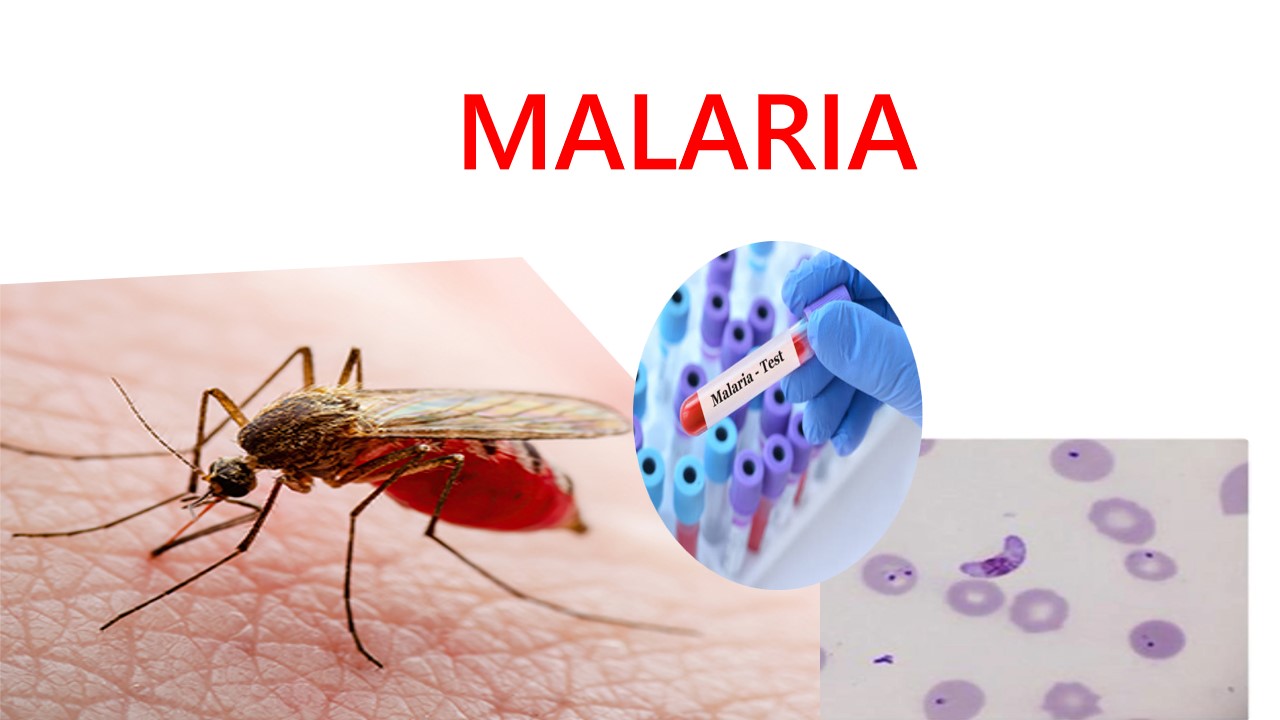
Malaria
The word Malaria everyone knows. It is a serious parasitic disease caused by mosquito bite.The Female anopheles mosquito carries the malaria parasite. It mostly affects people who live in the tropical regions. It is not spread from person to person. Malaria is preventable or curable.There are the different types of species causes malaria like plasmodium falciparum,plasmodium malaria, plasmodium ovale and plasmodium vivax. Plasmodium falciparum mostly affected to people.
When a mosquitoes bite a healthy person, its spread a infection and mosquitoes inject saliva and anti-caogulant in human body. In response, body's immune system produces antibodies. After initial biting, there is no reaction, but subsequent bites body produces antibodies and the bite becomes itchy and inflamed within 24 hours. The female anopheles mosquitoes bite to health person and it inject the sporozoites into body. These sporozoites go to the liver (host). in which merozoites are form. Then merozoites move to bloodstream make tropozoites (schizont). schizont break and release into merozoites and also produce gametocytes.After that other mosquitoes bite infected person and go and bite to healthy person that spread or tansmitted infection.The symptoms are mild or severe, Mild symptoms include fever, chills and headache and severe symptoms include fatigue and difficulty in breathing.
Symptoms
- Fever
- Chills
- General feeling of discomfort
- Headache
- Nausea and vomiting
- Diarrhea
- Abdominal pain
- Muscle or joint pain
- Fatigue
- Rapid breathing
- Rapid heart rate
- Cough
Cause/Risk factor
- Person bitten by female anopheles mosquitoes
- Malaria is transmitted to babies before and during pregnancy
- Large populations areas with less drainage systems
Diagnosis
The microscopic examination with Giemsa stain, This technique is known as the gold standard for the laboratory confirmation for malaria.The blood is a specimen collected from the patient. To make the blood smear on microscopic slide. The blood is stained with the Giemsa stain. Giemsa stain gives the distinctive appearance to the parasite and observed under the microscope.
Blood smear stained with Giemsa, showing a white blood cell (on left side) and several red blood cells, two of which are infected with Plasmodium falciparum (on right side)
Reference:
- https://www.who.int/news-room/fact-sheets/detail/malaria
- https://www.cdc.gov/malaria/diagnosis_treatment/diagnosis.html
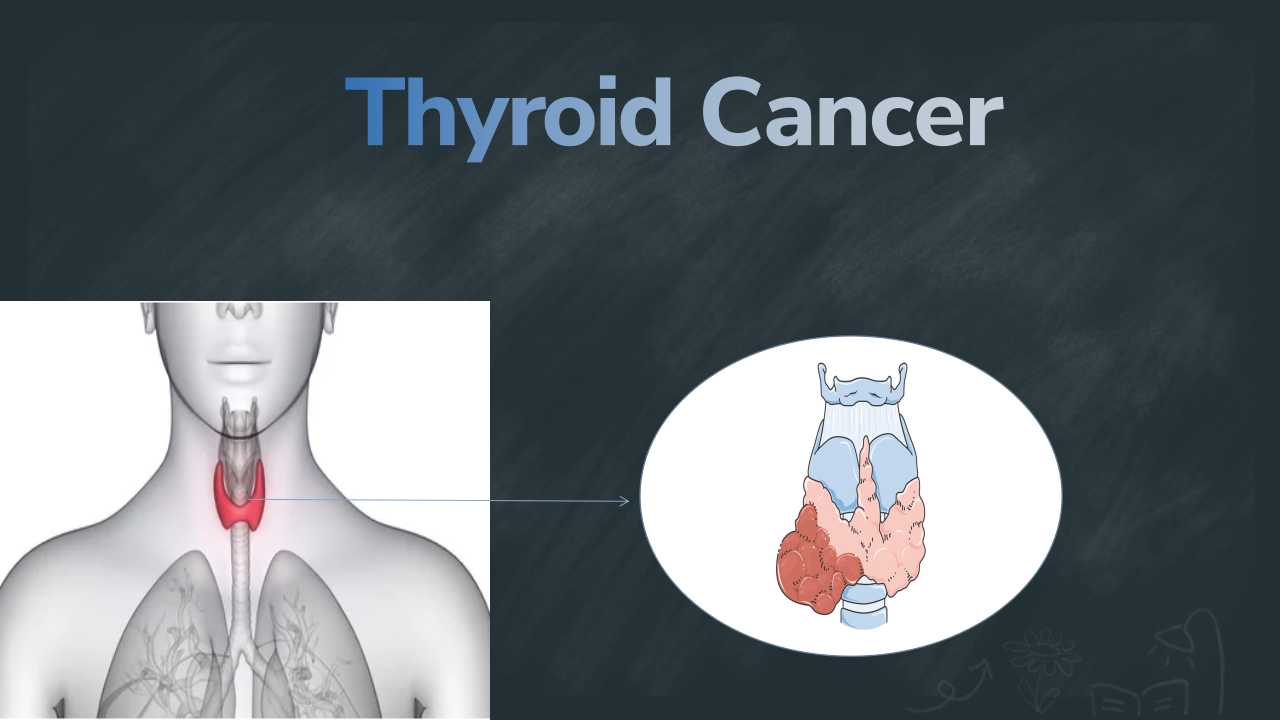
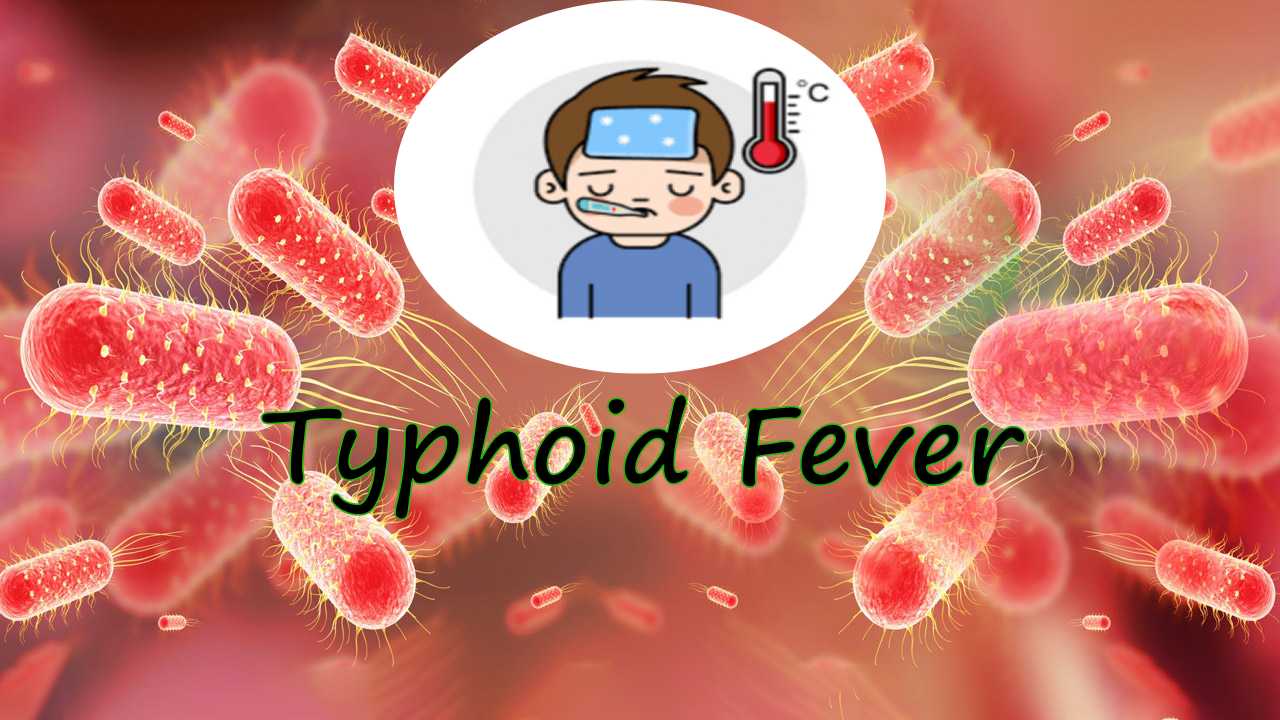

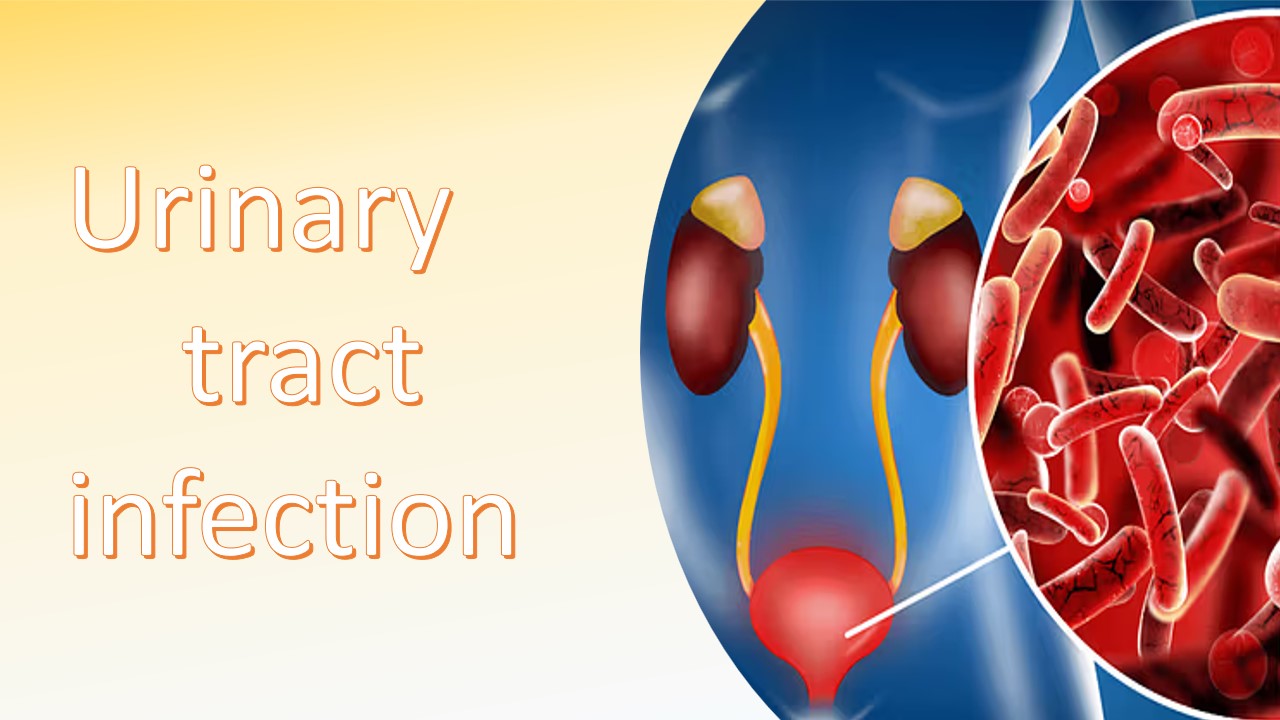
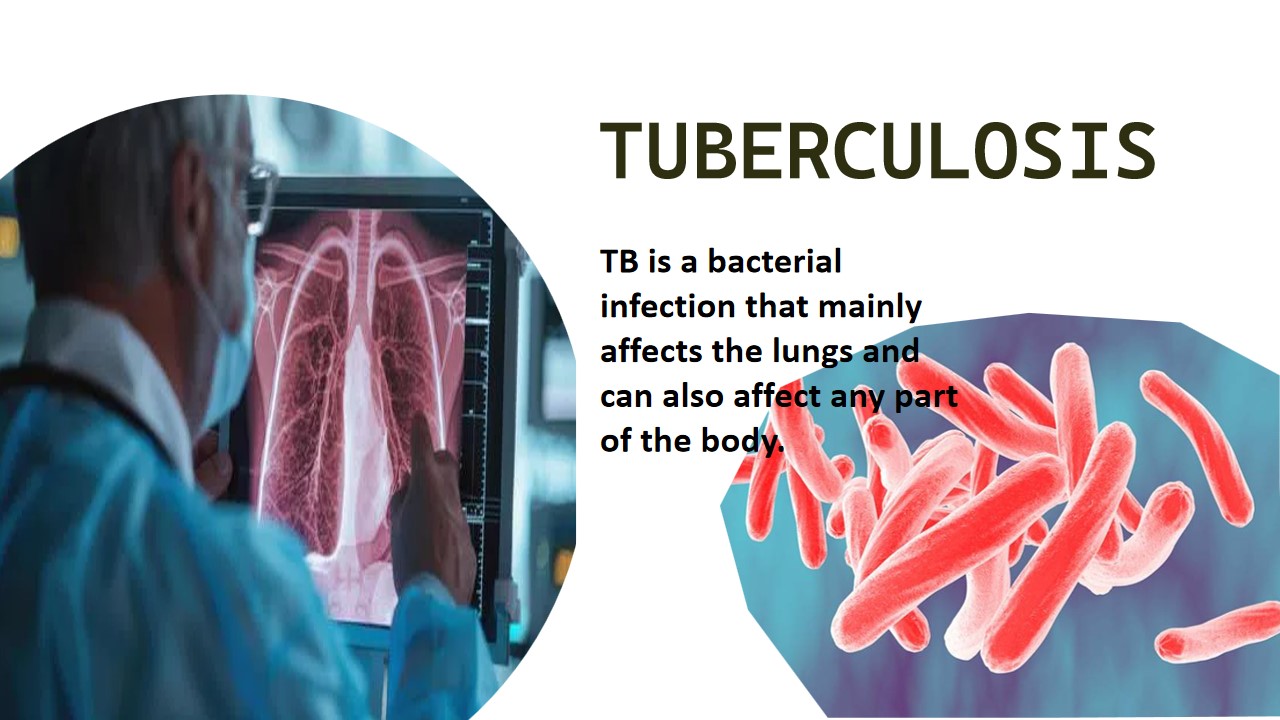
0 comments